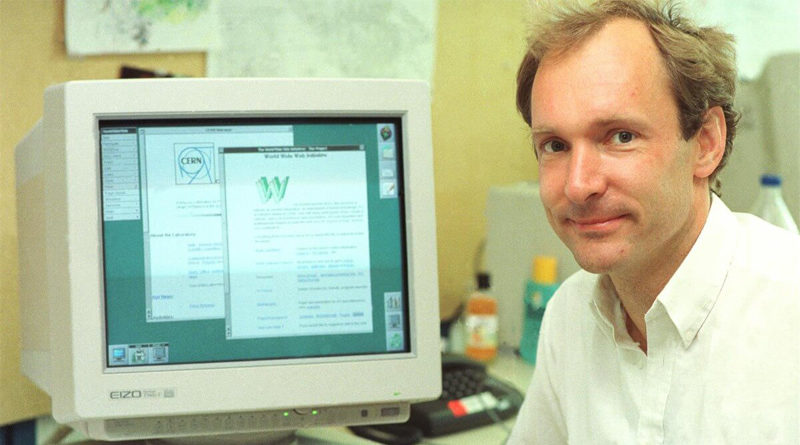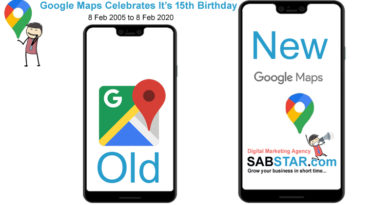World Wide Web 31th Birthday Celebration
![]()
We’ll be celebrating the web’s 31 birthday on Thursday, March 12
The World Wide Web (WWW), commonly known as the Web, is an information system where documents and other web resources are identified by Uniform Resource Locators (URLs, such as https://www.sabstar.com/), which may be interlinked by hypertext, and are accessible over the Internet. The resources of the WWW are transferred via the Hypertext Transfer Protocol (HTTP) and may be accessed by users by a software application called a web browser and are published by a software application called a web server.
When Sir Tim Berners-Lee invented the World Wide Web in 1989, he changed the world forever. To mark this milestone, Sir Tim will embark on a 30-hour journey, starting at CERN in Switzerland where he worked when he invented the web and ending in Lagos, Nigeria.
Tim Berners-Lee wrote the first proposal for the World Wide Web in March 1989 and his second proposal in May 1990. Together with Belgian systems engineer Robert Cailliau, this was formalised as a management proposal in November 1990. This outlined the principal concepts and it defined important terms behind the Web. The document described a “hypertext project” called “WorldWideWeb” in which a “web” of “hypertext documents” could be viewed by “browsers”.
By the end of 1990, Tim Berners-Lee had the first Web server and browser up and running at CERN, demonstrating his ideas. He developed the code for his Web server on a NeXT computer. To prevent it being accidentally switched off, the computer had a hand-written label in red ink: “This machine is a server. DO NOT POWER IT DOWN!!“
Multiple web resources with a common theme, a common domain name, or both, make up a website. Websites are stored in computers that are running a program called a web server that responds to requests made over the Internet from web browsers running on a user’s computer. Website content can be largely provided by a publisher, or interactively where users contribute content or the content depends upon the users or their actions. Websites may be provided for a myriad of informative, entertainment, commercial, governmental, or non-governmental reasons.




